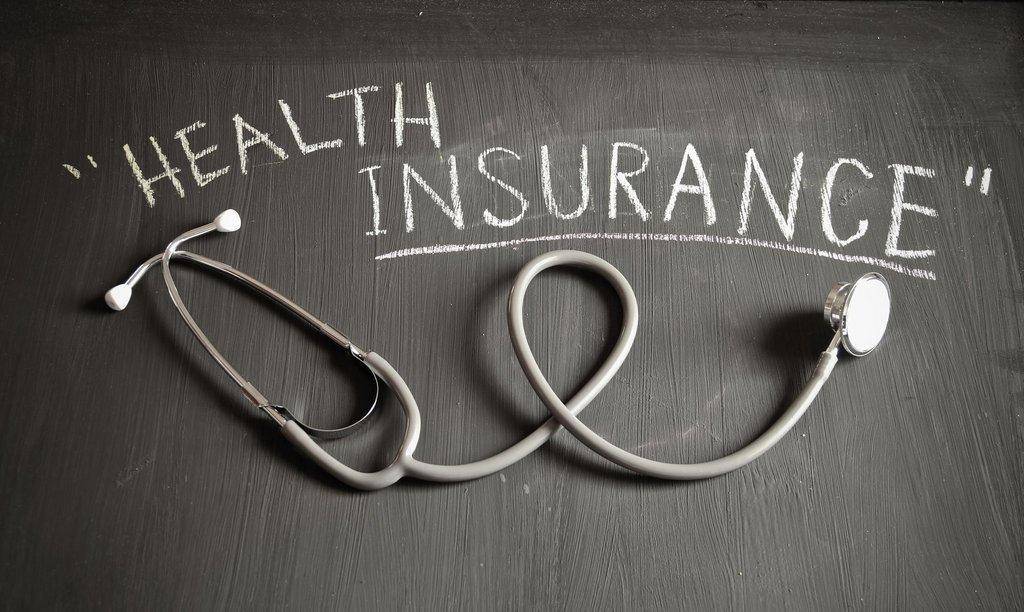Dear Savvy Senior,
Because of the coronavirus pandemic, I just got laid off from my job of 22 years and need to find health insurance until I can get another job or enroll in Medicare at age 65. What are my options?
Scared to Death
Dear Scared,
I’m very sorry about your job loss. It’s estimated that as many as 45 million Americans could lose their health insurance as businesses continue to lay off workers due to repercussions of the coronavirus pandemic. Here’s where you can find health insurance coverage while you’re looking for new employment or waiting for Medicare.
The Affordable Care Act Marketplace
Your best option for getting affordable health insurance is through Affordable Care Act (ACA) Marketplaces, also known as Obamacare. Or, if your income is very low you may qualify for Medicaid.
Normally, enrollment in an ACA Marketplace is limited to the short window for Open Enrollment, which is between Nov. 1 and Dec. 15 each year. But there’s an exception for people who’ve lost their jobs, known as the Special Enrollment Period, which allows you to apply because your layoff meant a loss of health insurance. To do so, you must enroll within 60 days of when your coverage stopped and prove that you lost your health insurance.
There is no limited enrollment period for Medicaid.
Eleven of the states with their own health-insurance marketplaces (California, Colorado, Connecticut, Maryland, Massachusetts, Minnesota, Nevada, New York, Rhode Island, Vermont and Washington), plus the District of Columbia, are also offering special enrollment periods, allowing anyone who is eligible under the ACA rules to sign up.
ACA health insurance is major medical insurance that covers essential health benefits with no annual or lifetime coverage maximums. And they can’t charge you more or deny you coverage because of a pre-existing health condition.
You also need to know that if your annual income will fall below the 400 percent poverty level, the ACA provides premium subsidies, which will reduce the amount you’ll have to pay for a policy.
To qualify for subsidies your household’s estimated income for 2020 must be under $49,960 for an individual, $67,640 for a couple, or $103,000 for a family of four. The lower your income is under these limits the higher your subsidy will be. Unemployment benefits count toward income.
To see how much subsidy you may qualify for, use Kaiser Family Foundation health insurance marketplace calculator at KFF.org/interactive/subsidy-calculator.
Or, if your income is very low – below the 138 percent poverty level – you may qualify for free, or low-cost health coverage through expanded Medicaid services, which is available in many states.
To apply for ACA Marketplace health plans or Medicaid, go to HealthCare.gov. Or, you can call their toll-free number at 800-318-2596 and get help over the phone.
COBRA
If you need health insurance coverage for less than 18 months, another option you may want to consider is COBRA, which allows you to remain on your former employer’s group health plan, but not every employer plan is COBRA-eligible. Contact your employer benefits administrator to find out if yours is.
In most cases COBRA is expensive, requiring you to pay the full monthly premium yourself. But, if you’ve already met or nearly met your employer plan’s deductible and/or out-of-pocket maximum for the year, and don’t want to start over with a new plan; or if you find your employer’s health plan to be better or more affordable than the marketplace options, it makes sense to keep your current coverage under COBRA.
Send your senior questions to: Savvy Senior, P.O. Box 5443, Norman, OK 73070, or visit SavvySenior.org. Jim Miller is a contributor to the NBC Today show and author of “The Savvy Senior” book.

